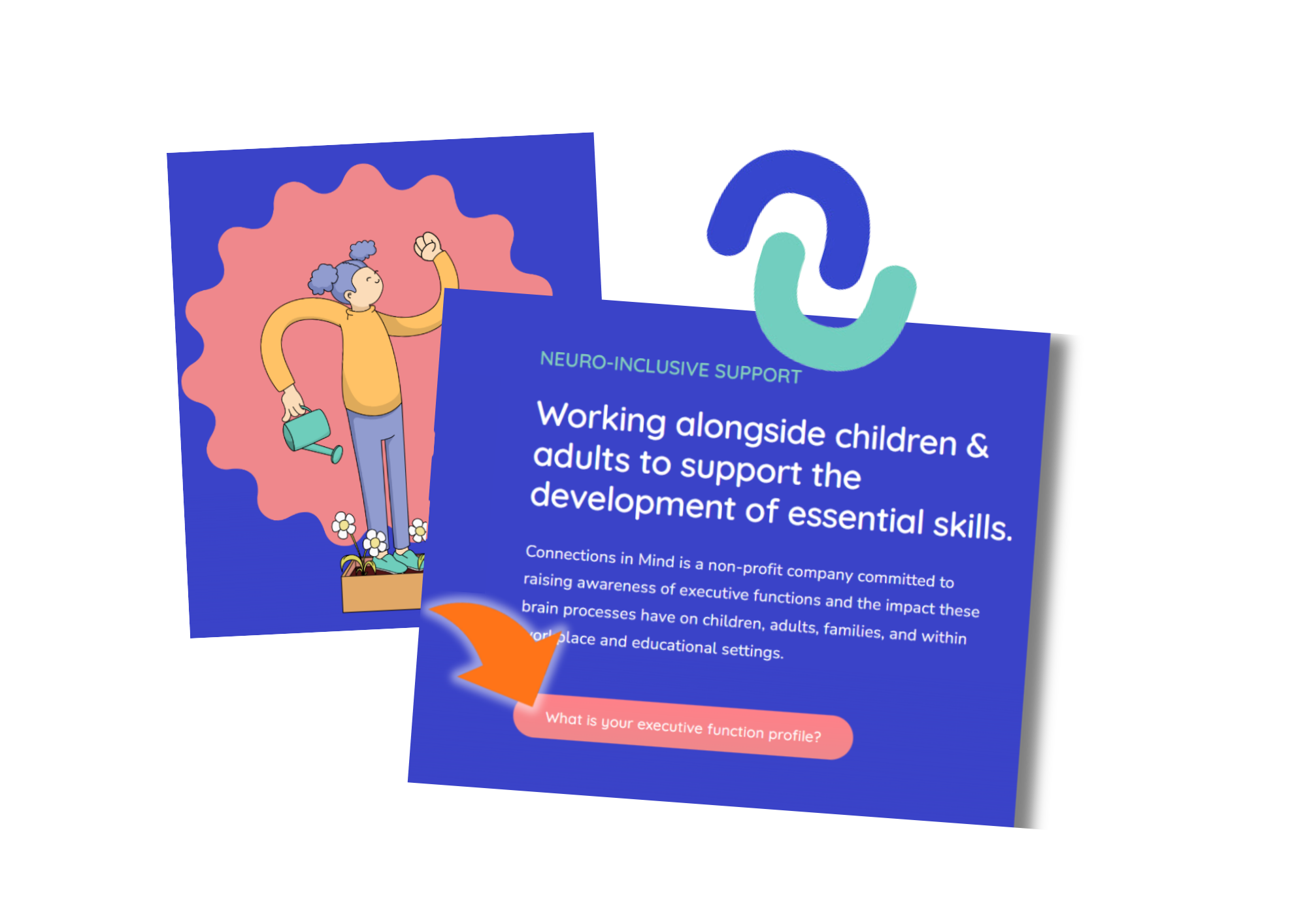Employee assessment template
What if you could build employee assessments that auto-generate personalized feedback for every respondent?
Employee assessments are essential for HR strategy. They allow managers to assess objectively and employees to build self-awareness.
Pointerpro is the 2-in-1 software that combines assessment building with personalized PDF report generation.

What is an employee assessment?
An employee assessment is a questionnaire used by employers to evaluate their staff’s performance, skills, abilities, and potential. It’s used for various purposes. The most common ones are performance reviews, training needs analyses, promotions, or succession planning.
Employee assessments should be conducted on a regular basis (once or twice a year). They may involve different questionnaire versions with different respondents: The managerial assessment, but also peer assessment and employee self-assessment.
3 reasons to use Pointerpro as an employee assessment tool
3 reasons to use Pointerpro as an employee assessment tool
Interactive user experience
With the Questionnaire Builder, you create an engaging employee assessment. How? With numerous design and layout options, useful widgets, and countless question types.
Refined, score-based analysis
Our custom scoring engine helps you quantify and categorize diverse answers. The result? An objective and nuanced employee assessment based on the respondents’ answers.
Automated feedback in PDF
Thanks to your setup in the Report Builder, respondents instantly get a detailed PDF report: with helpful charts, an objective analysis, and actionable tips.
1.500+ businesses worldwide build assessments with Pointerpro









How to create an employee assessment (template)?
Creating an employee assessment template involves several key components to ensure it effectively evaluates performance, skills, and potential. Here’s a guide to crafting an employee assessment template:
- Objective setting: Clearly define the objectives of the assessment to align with the departmental and organizational goals, such as measuring performance, identifying training needs, or career development planning.
- Performance metrics: Include specific, measurable, achievable, relevant, and time-bound (SMART) performance metrics relevant to the employee's role, like sales targets, customer service ratings, or project completion times.
- Skill and competency evaluation: List essential skills and competencies for the role you’re assessing. There should be both technical and soft skills. It’s often very practical to use a rating scale to assess proficiency in each area.
- Behavioral attributes: Assess crucial behavioral attributes for the role and organizational culture, including work ethic, reliability, adaptability, and initiative.
- Achievements and contributions: Provide space for the respondents to list significant achievements and contributions during the assessment period. Some examples could be completed projects, innovative ideas, or exceptional teamwork.
- Achievements and contributions: Provide space for the respondents to list significant achievements and contributions during the assessment period. Some examples could be completed projects, innovative ideas, or exceptional teamwork.
- Development needs: Identify areas for improvement and professional development, and include questions to understand the training and support needed by the employee.
- Career aspirations: In a self-assessment, include questions about the employee’s career goals and aspirations. This will help you align their goals with organizational opportunities and future growth.
- Action plan: An employee assessment is only as useful as the concrete actions it entails. Develop a feedback report that defines concrete goals based on the assessment and focuses on concrete steps to reach these goals. Don’t forget about including timelines, and necessary resources or training.
These components should be adaptable to different roles and departments. They can be regularly updated to reflect changing organizational goals or job requirements. Bear in mind that transparency and clear communication about the assessment process are crucial for its effectiveness.
Employee assessment vs employee self-assessment: what’s the difference?
Both assessment methods are valuable but serve different purposes. Employee assessments are key to informed managerial decisions and aligning employee performance with organizational goals. Self-assessments insist more on personal growth, self-awareness, and open communication between the employee and management. Ideally, a well-rounded review process should incorporate both types of assessments to capture a complete picture of an employee’s performance and potential.
Consider this short example to understand the nuance:
In a technology company’s sales team, the annual performance reviews are underway, offering a perfect context to compare employee assessment and employee self-assessment.

A. Employee assessment by the team manager
Ella, the team leader, conducts an employee assessment for Jordan, a member of her team. She reviews Jordan’s sales performance, highlighting his remarkable success in exceeding sales targets and establishing strong client relationships.
Ella also notes areas for improvement in Jordan’s team communication and administrative tasks. Her assessment is vital for pinpointing Jordan’s strengths and identifying his ideal role in helping the business move forward. It also takes into account Jordan’s development and training needs. Last but not least, the assessment is a means to formally recognize his accomplishments.
B. Employee self-assessment by the team member
Simultaneously, Jordan undertakes a self-assessment. He reflects on his sales achievements and customer interactions but also recognizes his challenges with administrative responsibilities and occasional team communication issues.
This self-assessment enables Jordan to critically evaluate his own performance, identify his strengths, and discern areas where he needs growth. It empowers him to take control of his professional development and openly discuss his self-identified areas for improvement and training needs with Ella.
30 assessment example questions
Here are 30 employee assessment example questions divided into 3 categories:
- 10 employee assessment example questions for performance review by the manager
- 10 employee assessment example questions for career development
- 10 employee self-assessment example questions
10 employee assessment example questions for performance review by the manager
- How effectively has the employee achieved their set goals and objectives this year?
- In what ways has the employee demonstrated leadership qualities in their role?
- Has the employee contributed to teamwork and collaborative projects within the team?
- What significant challenges has the employee faced this year, and how effectively have they addressed them?
- How well does the employee manage and prioritize their workload?
- Has the employee shown initiative in improving their skills or knowledge? Please provide examples.
- How does the employee handle customer or client feedback?
- What professional development progress has the employee made, and what are their goals for the next year?
- How well does the employee align their work with the company's values and goals?
- What additional support or resources does the employee need from you to enhance their performance?
These employee assessment template questions are a mix of qualitative and quantitative questions. The questions that encourage open-ended responses allow for detailed and specific feedback. In contrast, the questions with answer options provide a structured way to rate or assess various aspects of the employee’s performance. This mix offers a comprehensive evaluation. They capture both the details of an employee’s contributions and clear metrics for performance assessment.
The questions are designed to cover key areas like goal achievement, teamwork, leadership, personal development, and alignment with company values, ensuring a well-rounded review of the employee’s performance.
10 employee assessment example questions for career development
The following employee assessment template questions are designed to help managers provide insights into an employee’s potential career development within the company. Again, the combination of open-ended and multiple-choice questions provides a comprehensive view of the employee’s strengths, interests, and areas for development. It helps an organization’s HR tailor suitable career paths and development opportunities to the employee’s profile.
The focus is on uncovering the employee’s potential for advancement, versatility, and areas where targeted development could unlock further growth.
- What unique strengths does the employee possess that make them a valuable asset to the company?
- In which areas of work does the employee show the most passion and engagement?
- Can you identify any specific projects or roles where the employee has demonstrated potential for leadership?
- How adaptable is the employee to new challenges and changing environments?
- Has the employee expressed interest in any specific career paths or roles within the company?
- What additional skills or knowledge would benefit the employee in their current role or a future role?
- How does the employee respond to feedback and opportunities for self-improvement?
- In what ways has the employee shown initiative beyond their current role's responsibilities?
- Can you provide examples of the employee’s ability to innovate or think creatively?
- How effectively does the employee collaborate with different departments or teams?
What Pointerpro clients are saying




Get your employee assessment to provide objective and immediate feedback
The effectiveness of employee assessments hinges significantly on the follow-up process. The delivery of a clear feedback report with actionable tips for moving forward makes a crucial difference.
With Pointerpro you set up an employee assessment template report once. Every respondent will then receive a detailed, personalized PDF report that can serve as a roadmap for future growth and development of the employee.
Here are some must-have elements to include in a feedback report, depending on whether the report is destined for an employee, team lead or HR manager:
- Executive summary: Start with a concise summary that highlights key findings, overall performance ratings, and potential development areas. This provides a snapshot view for quick understanding.
- Detailed performance analysis: Break down the employee's performance in various assessed areas. Include specific examples and observations to substantiate the ratings or comments. This section should cover achievements, strengths, and areas needing improvement. Try to visualize the insights with relevant charts.
- Comparative insights: If applicable, provide a comparison of the employee's performance over time or against organizational benchmarks. This context adds depth to the evaluation. If you use Pointerpro, ask about the Aggregated Report feature. It makes comparative reporting highly intuitive to set up.
- Development recommendations: Crucially, the report should state actionable recommendations for improvement and development. These could be in the form of suggested training programs, skill development opportunities, mentorship, or specific steps the employee can take to address identified areas for improvement. Thanks for Pointerpro’s scoring and formula engine, you truly personalize recommendations in function of various respondent answer choices.
- Career path suggestions: Based on the assessment and the employee's interests and strengths, outline potential career paths within the organization. This shows the employee that the company is invested in their long-term growth.
- Goals and objectives for the next period: Set specific, measurable, achievable, relevant, and time-bound (SMART) goals for the employee. These should align with both the company's objectives and the employee's career aspirations.
- Follow-up plan: Detail the next steps in the process, such as scheduled follow-up meetings or check-ins. That way, you ensure that the development plan is implemented and monitored. Also clarify through which channels an employee, team lead or HR manager can communicate their reflections, questions, and feedback on the report. This encourages a two-way dialogue and makes the process more interactive and engaging.
A feedback report following an employee assessment is not just a formal HR requirement. It’s a powerful tool to bridge the gap between evaluation and development.
By providing clear, constructive, and actionable feedback, the report plays a pivotal role in guiding employees toward continuous improvement and aligning their career trajectories with organizational goals. It’s an investment in the employee’s future and, by extension, the future of the company. Ensuring that the report is thorough, balanced, and forward-looking is crucial for its effectiveness and impact.
Create your employee assessment today
You may also be interested in
Recommended reading

How Connections In Mind benefits the community interest through a digital mindset and a longitudinal assessment
The fact that communities benefit from diversity should not be news to anybody. One type of diversity you may not

Vlerick Business School digitalizes entrepreneurship development with Pointerpro [case study]
What do a top-tier international business school based in the capital of Europe and Pointerpro have in common? At the

Attain Global: How to do psychometric tests right and build a cutting-edge international business [case study]
In many countries worldwide, the pursuit of skillful and engaged employees is not so much a war on talent as


